Mozambique projects 2026 budget deficit to hit lowest level in years
Mozambique: Food price inflation may increase poverty by 4% to 6% – World Bank
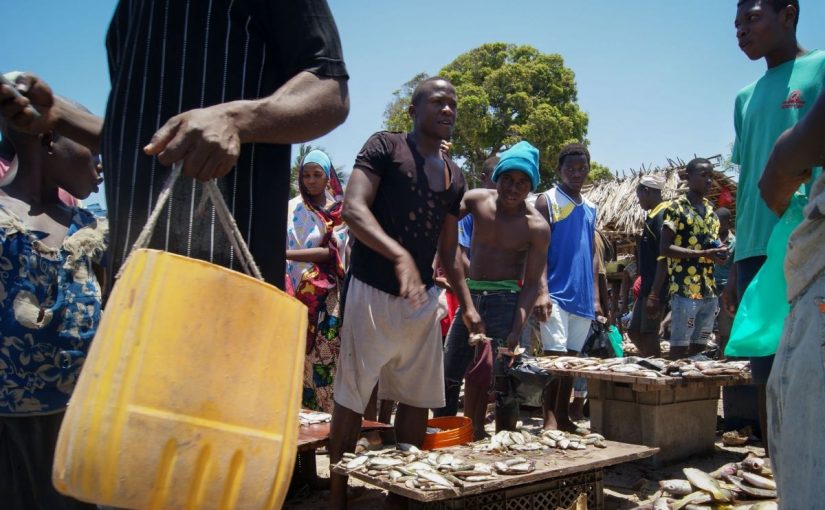
The inflation of food prices in 2016-17 may have increased the part of the Mozambican population who lives in poverty by 4 to 6 percentage points, according to the World Bank’s recent report.
Some of the poorest provinces, such as Tete, Manica and Niassa (northern and central interior), carried the burden the most, due to the high level of dependence on corn, the report said.
As Mozambique imports corn and rice, the price of food rose 40% in November 2016, because of a marked depreciation of the currency, the metical – thus, more meticals were needed to pay the same amount of food.
Currently, the macroeconomic situation has stabilised (average 12-month inflation is 4.59%), but the marks can endure.
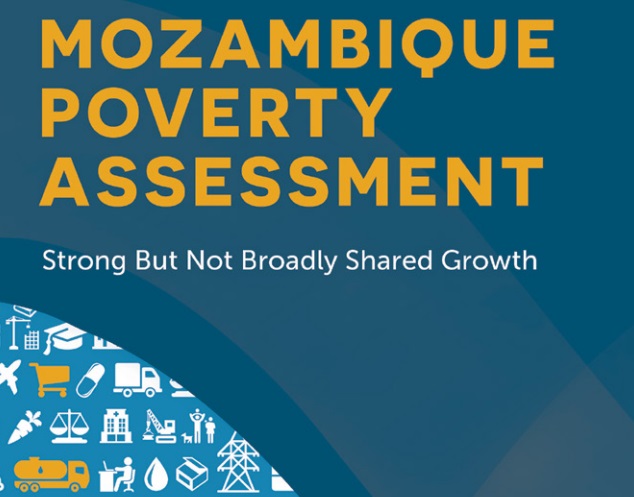
This 2016 data is the most recent indications of the evolution of poverty in Mozambique since the last consolidated official data of the authorities and the World Bank are from 2014-15 and indicate that 48.4% of the population is poor – a number that has been falling since 2002-03 when the figure reached 60.3%.
Despite the inflation in 2016-17, the World Bank expects that, until 2030, Mozambique can reduce poverty from 48.4% to 21.8% (best case scenario) or 36% (worst case scenario).
The finding of hidden state debts, of up to $2 billion, contributed to the economic slowdown of Mozambique becoming a crisis in 2016-17, with the macroeconomic indicators stabilising since last year.
- Read the full WB report ‘Mozambique Poverty Assessment – Strong But Not Broadly Shared Growth’ HERE



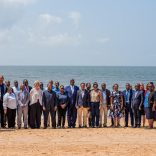
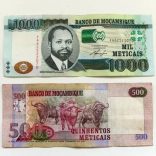



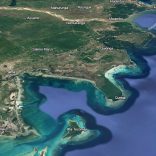



Leave a Reply
Be the First to Comment!
You must be logged in to post a comment.
You must be logged in to post a comment.